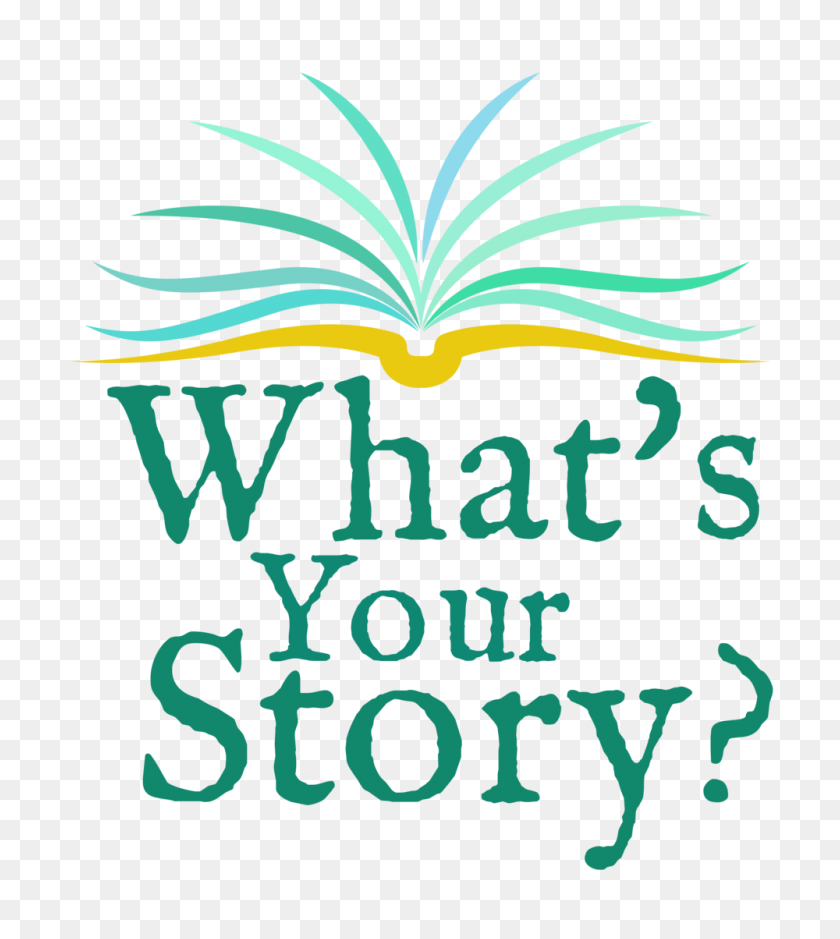
The Power of Narrative: Mastering the Art of Storytelling

Once upon a time, in the realms of human history, there existed a magical tool that had the power to captivate, inspire, and connect. This enchanted tool was none other than storytelling. Through the ages, our ancestors realized the immense power hidden within stories – a power that transcends time and space, touching the hearts and minds of listeners across generations. From the ancient Greeks to indigenous cultures around the world, storytelling has been revered as a fundamental means of communication, education, and entertainment. It is a craft that has the remarkable ability to ignite our imagination, spark empathy, and transport us to distant lands with just a few well-chosen words.
In the present day, as technology permeates almost every aspect of our lives, the art of storytelling has resurfaced as an invaluable skill. With the rise of social media, podcasts, and video-sharing platforms, we find ourselves amidst an era where stories have become more accessible than ever before. It is now our responsibility to harness the power of storytelling and wield it for both personal and professional growth.
In this article, we will journey through the various dimensions of storytelling and uncover its secrets. We will explore the art of crafting compelling narratives, delving into techniques that can transform a simple story into a mesmerizing experience. Whether you aspire to captivate an audience, influence others, or simply want to enhance your communication skills, understanding the power of narrative will be your ultimate guide. So, gather around as we reveal the secrets of the ancient storytellers, and prepare to embark on a transformative journey through the power of storytelling.
The Importance of Storytelling
Storytelling is an art that holds a tremendous power in connecting people, conveying messages, and shaping our understanding of the world. It has been an integral part of human culture since the dawn of time, serving as a means of communication, education, and entertainment.
One of the primary reasons why storytelling is so important is its ability to engage and captivate an audience. Whether it’s a simple bedtime story or an elaborate tale woven on the big screen, storytelling has a unique way of capturing our attention and immersing us in a different reality. Through vivid imagery, relatable characters, and compelling narratives, stories have the power to transport us to new worlds and evoke a wide range of emotions.
Furthermore, storytelling plays a crucial role in preserving and passing down cultural heritage and traditions. From the ancient myths and legends of different civilizations to the folktales and oral traditions of indigenous communities, stories serve as a link between generations, ensuring that important knowledge and values are not lost over time. They provide a sense of identity and belonging, connecting individuals to their roots and fostering a deeper understanding of their own heritage.
Data Visualization And Storytelling
Moreover, storytelling can be a powerful tool for inspiring change and creating empathy. By presenting characters and situations that reflect real-life struggles, stories have the potential to foster compassion and understanding in the hearts of their audience. They can shed light on social issues, challenge stereotypes, and ignite conversations that lead to positive transformation in society.
In conclusion, storytelling is not just an entertaining pastime; it is a fundamental aspect of human existence. It sparks our imagination, preserves our history, and has the potential to shape our future. By harnessing the power of storytelling, we can unlock the doors to new worlds, foster connections between individuals, and ultimately, create a more empathetic and understanding society.
Elements of a Compelling Narrative
A compelling narrative is built upon several key elements that captivate and engage the audience. These elements include the characters, setting, and plot.
Characters:
Characters are the driving force of any narrative. They bring life to the story and allow readers to connect on a deeper level. Whether they are heroes or villains, the strength of their personalities and their growth throughout the story are vital in captivating the audience’s attention. By creating relatable and well-developed characters, storytellers can evoke emotions and foster a stronger connection between the readers and the narrative.Setting:
The setting of a story provides the backdrop against which the plot unfolds. It encompasses not only the physical location but also the time period, atmosphere, and social context. A well-described setting can transport readers into the narrative, making them feel as if they are a part of the story itself. By vividly portraying the details of the setting, storytellers can create a more immersive experience for their audience.Plot:
The plot is the sequence of events that drive the narrative forward, revealing conflicts, challenges, and resolutions. A compelling plot keeps readers engaged and eager to discover what happens next. It should be well-structured, with a clear beginning, middle, and end. By introducing twists, suspense, and unexpected turns, storytellers can maintain the audience’s interest and create a memorable storytelling experience.
In conclusion, the elements of a compelling narrative encompass the characters, setting, and plot. These components work together to immerse the audience in the story and elicit emotional responses. By masterfully developing these elements, storytellers can create powerful narratives that resonate with their readers.
Harnessing the Power of Storytelling
Storytelling is an ancient art form that has the power to captivate, inspire, and educate. It is a tool that humans have been using for centuries to convey knowledge, share experiences, and connect with one another on a deeper level. Through the use of vivid language, engaging characters, and compelling plots, storytelling has the unique ability to transport listeners into different worlds, evoke emotions, and leave a lasting impact.
One of the most powerful aspects of storytelling is its ability to make complex ideas more accessible and relatable. By framing information within a narrative, storytellers can bring abstract concepts to life, making them easier for their audience to understand and remember. Whether it’s explaining scientific concepts, conveying moral lessons, or inspiring social change, storytelling allows us to communicate in a way that resonates with others on a fundamental level.
In addition to its communicative power, storytelling is also a powerful tool for building connections and fostering empathy. When we listen to or share stories, we enter into a shared emotional experience. We can put ourselves in the shoes of characters, imagine their struggles and triumphs, and develop a deeper understanding of the human condition. This empathy not only strengthens our relationships with others but also encourages us to be more compassionate and understanding in our daily lives.
Lastly, storytelling has the potential to inspire and motivate. Throughout history, stories have been used to instill a sense of purpose, drive, and determination in individuals and communities. By sharing tales of heroism, perseverance, and personal growth, storytellers can inspire their audience to overcome challenges, pursue their dreams, and make a positive difference in the world. The power of storytelling lies in its ability to ignite the imagination, ignite passion, and drive action.
In conclusion, storytelling is a powerful and timeless art form that has the ability to educate, connect, and motivate people. By harnessing the power of narrative, we can effectively communicate complex ideas, build empathy, and inspire positive change. So, let us embrace the art of storytelling and unlock its infinite potential.



